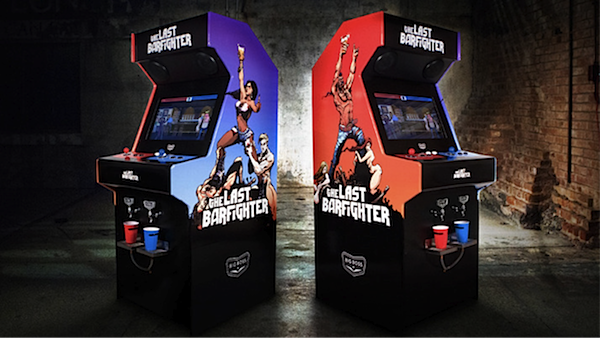“Because brands now have a presence in people’s lives beyond their initial product and service, advertising has grown exponentially more interactive and integrated over the past decade: think ChipIt! by Sherwin-Williams, Whopper Sacrifice for Burger King, or the uber-popular Nike+ FuelBand,” Jordan Clayton-Hall writes in his article “Embracing the UX Spectrum.”
The realms of advertising, software, and Internet now overlap significantly. Nearly every major advertising campaign has significant online and/or interactive components. Still, these interactive components often serve the needs of the business and its hopes for customer behavior more than they do actual customer needs and desires.
In the article, Clayton-Hall talks about a successful interactive advertising project his agency, McKinney, designed for Big Boss Brewing: an arcade game that dispenses beer to the winning player. “The beercade features ‘The Last Barfighter’ game and has cupholders in place of typical coin slots,” he writes. “Its core purpose is to advertise … but it also happens to be a product, a game, and an event.”
“Our designers had a close cultural connection to gaming arcades of the 1990s and uncovered a growing desire to recreate that experience in today’s social context of bars and beer enjoyment … They asked: How can we reinvent the social arcade experience for today’s players? How can this concept and execution tie back to the brand in a meaningful way?”
The DfE Interactive Component of an Advertising Campaign award recognizes interactive components to advertising campaigns that, like “The Last Barfighter,” deliver real value, engagement, and/or utility to customers while creatively complementing the other facets of the campaign.
If you’ve encountered a particularly novel interactive element from a marketing campaign, nominate it now! If you were involved in the creation of this kind of interactive product, apply for this award.
[google_ad:WITHINARTICLE_1_234X60_ALL]
Image of billboard courtesy Shutterstock









